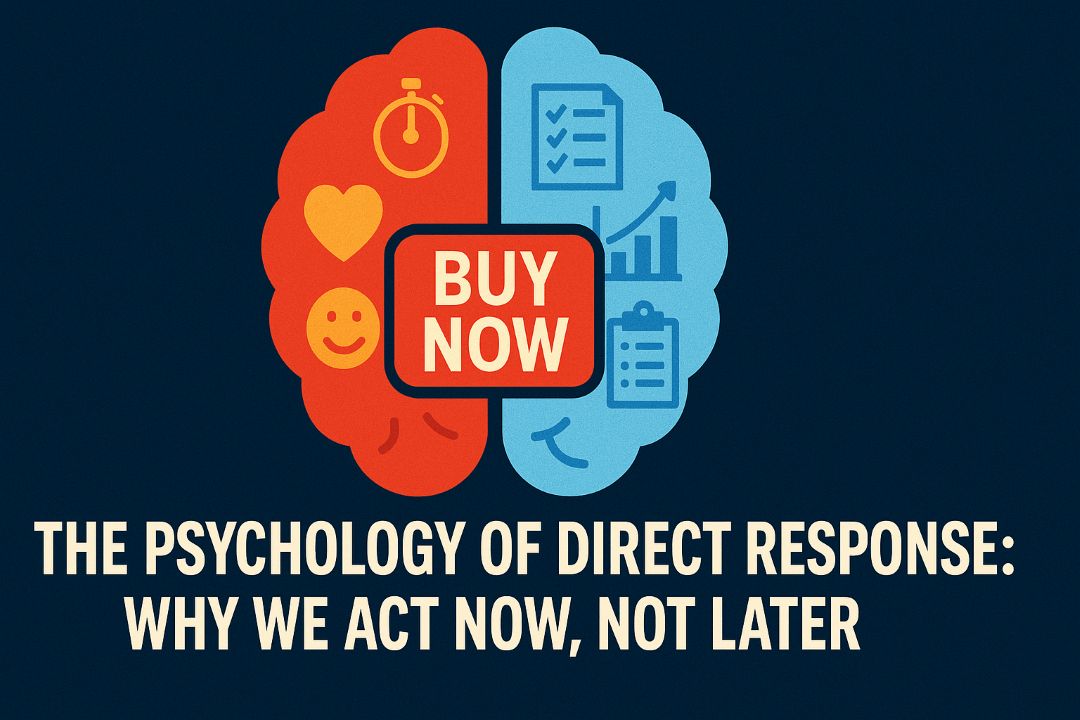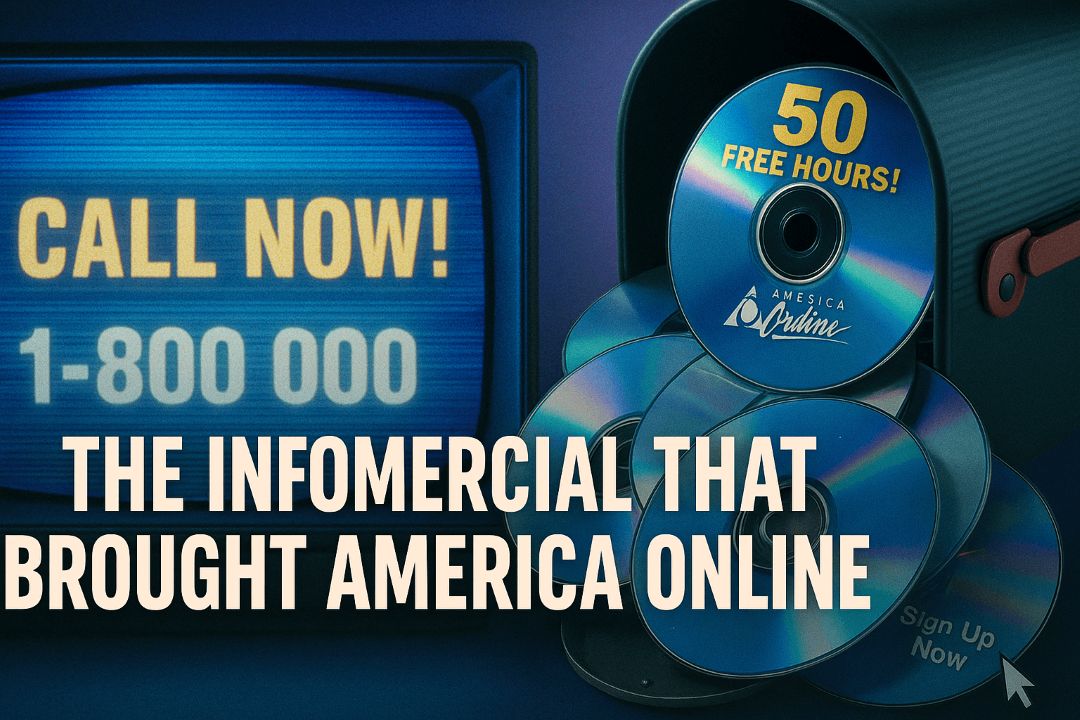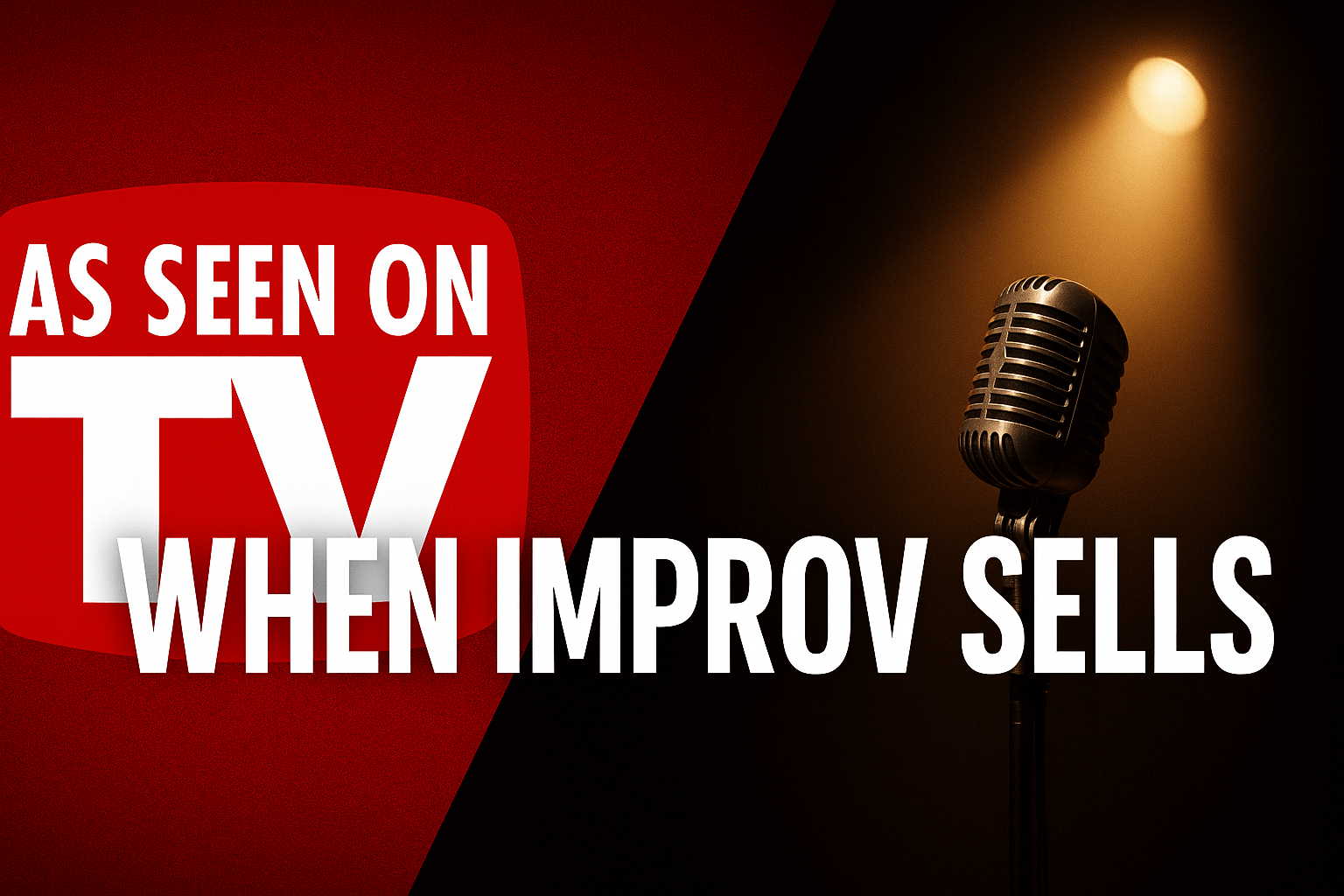The Man Behind “But Wait, There’s More!”
If you’ve ever stayed up late watching infomercials, you’ve likely heard the phrase “But wait, there’s more!” This famous tagline is forever linked to Ed Valenti, one of the most influential figures in direct-response television.
While he never became a household face like Billy Mays or Richard Simmons, Valenti’s marketing genius helped define how products are pitched on TV—and sold by the millions.
The Origin of Ginsu Knives
In the late 1970s, Valenti co-founded the marketing firm Dial Media, which specialized in direct-response advertising. Along with his business partner, Barry Becher, Valenti discovered a line of Japanese-style knives that were effective but relatively unknown in the U.S.
They decided to rebrand them as Ginsu Knives, a name meant to sound exotic and memorable. The Ginsu infomercial was revolutionary: rather than a boring demonstration, it featured rapid-fire cuts, enthusiastic narration, and a string of irresistible bonuses.
The commercial famously declared:
“In Japan, the hand can be used like a knife. But this method doesn’t work with a tomato.”
The result was an instant sensation. Millions of Ginsu Knives were sold, and the commercial became one of the most parodied and quoted ads in television history.
“But Wait, There’s More!”
While many think that phrase predates television, it was Ed Valenti and his team who popularized it as a cornerstone of the infomercial format. The idea was simple but brilliant: just as the viewer was about to decide, the host would sweeten the deal—throwing in extra products, discounts, or free gifts.
This strategy increased conversions dramatically and became a hallmark of direct-response advertising.
A Career of Iconic Campaigns
Ginsu was just the beginning. Valenti and his team went on to produce infomercials for countless products, including:
- The Miracle Slicer
- Armor All
- The Miracle Blade
- The Showtime Rotisserie (in collaboration with Ron Popeil)
His creative approach to urgency and perceived value helped shape the entire As Seen On TV industry.
The Legacy of Ed Valenti
Though not as visible as many of the pitchmen he hired or influenced, Ed Valenti is regarded as one of the fathers of modern infomercials. He demonstrated that storytelling, excitement, and smart incentives could turn ordinary products into multi-million-dollar brands.
Even today, every time you hear “But wait, there’s more!” in a commercial, you’re hearing Ed Valenti’s lasting legacy.
Ed Valenti: A Timeline of Infomercial Innovation
- 1975
Co-founds Dial Media with Barry Becher to focus on direct-response advertising. - 1978
Launches the Ginsu Knife campaign. The first Ginsu ad airs, introducing the phrase “But wait, there’s more!” - Early 1980s
Expands into other housewares and automotive products like Armor All. - Mid 1980s–1990s
Develops additional infomercials for kitchen gadgets, Miracle Blade knives, and more. - 1990s–2000s
Partners with other industry legends like Ron Popeil to produce blockbuster campaigns. - 2000s–2010s
Continues consulting and speaking on marketing and advertising innovation.










Leave a Reply